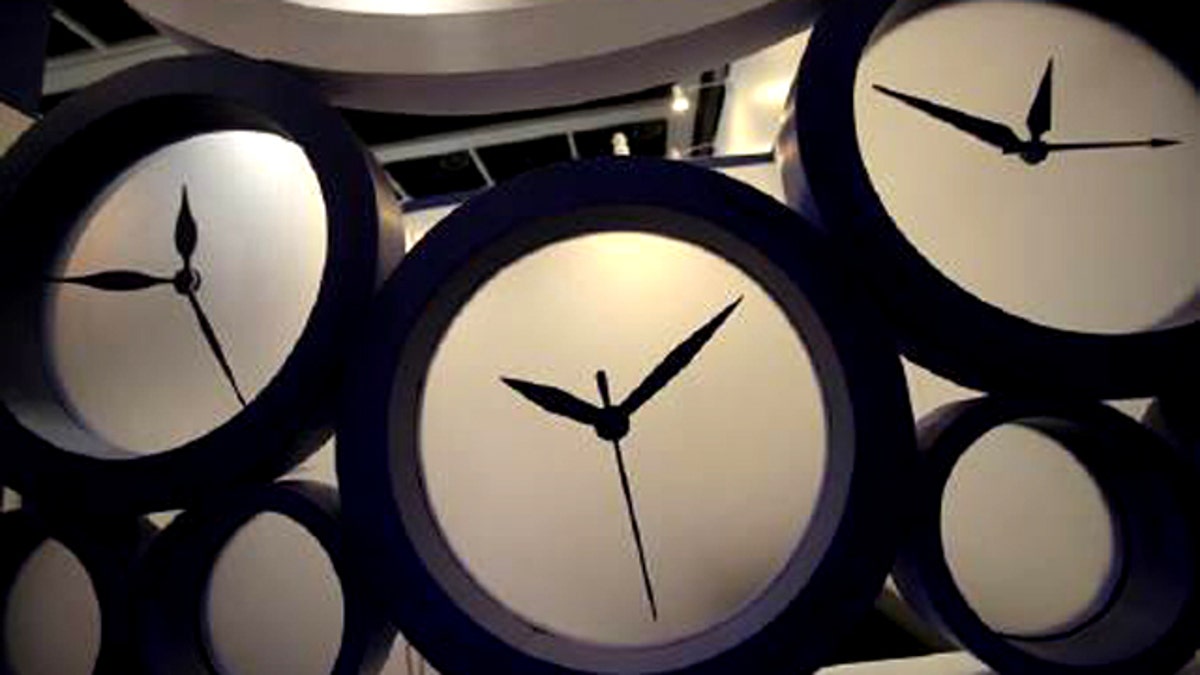
Scientists have identified the mechanism that controls the internal 24-hour clock of all forms of life. (Reuters/Tyrone Siu)
The world will not only be getting a leap day this year, we will have a leap second too.
The arbiters of time at the International Earth Rotation and Reference Systems Service (IERRSS) have announced they will be introducing a leap second on June 30th in order to keep up with the Earth’s rotation.
What's a leap second? Give me a minute.
Back in ye olden days of the 1950s, atomic clocks were introduced to measure the Earth’s rotation. Atomic clocks are pretty precise and are powered to oscillate exactly 9,192,631,770 times a second. The Earth, however, is less precise.
As the Earth spins on its axis, slight deviations mean that some days end up being longer than others. Atomic clocks don't precisely match actual Earth time because the globe’s orbit tends to be irregular.
A few years from now we’d find ourselves seconds out of kilter. In a few hundred years we’d be a minute out, and after several hundred thousand years, humans would find themselves eating lunch at midnight, Wired reported.
Enter the leap second.
Adding or subtracting seconds brings atomic time and solar time back into sync.
As the clock strikes midnight on June 30, it will take two seconds to transition into July instead of one -- delaying Universal Coordinated Time (UTC) by a second.
It is unlikely most of us will even notice the difference, but people whose livelihoods depend on clockwork precision -- pilots, airlines and air traffic controllers -- are not going to have an easy time keeping everything in sync.
Leap seconds were introduced in 1972 and the last time IERRSS added a second was in December 2008.
